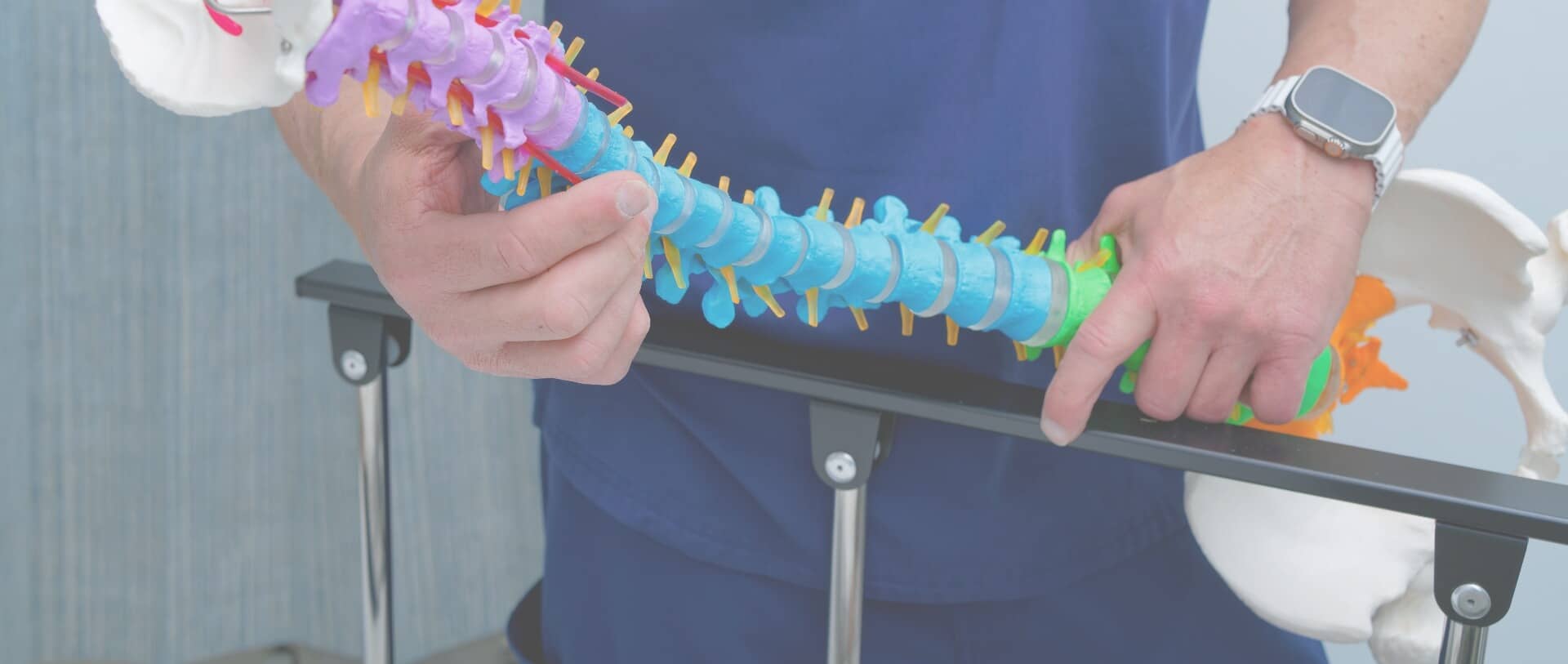
PROCEDURES
Endoscopic Lumbar Decompression
Endoscopic lumbar compression is a minimally invasive procedure revolutionizing the treatment of various lumbar spine conditions. By utilizing advanced endoscopic technology, your doctor can precisely access and treat affected areas with smaller incisions, resulting in reduced postoperative pain, faster recovery, and an overall better outcome.
What is an Endoscopic Lumbar Decompression?
Endoscopic lumbar decompression involves the use of an endoscopic, which is a thin, flexible tube equipped with a camera and light source, that allows your doctor to visualize the affected area on a monitor in real-time.
This procedure is focused on relieving pressure on the nerves in the spine and restoring spinal stability, aiming to reduce pain, improve mobility, and enhance your overall quality of life.
What Conditions Does an Endoscopic Lumbar Decompression Treat?
This procedure is versatile enough to effectively treat a range of conditions affecting the lumbar spine, or the lower back. It is commonly used to address conditions such as:
Endoscopic lumbar decompression is particularly beneficial for those experiencing chronic back pain and leg pain, numbness, weakness, or tingling due to compressed spinal nerves. By decompressing these nerves and alleviating pressure on the spinal cord, this procedure offers significant relief and helps patients regain functionality and mobility.
How is an Endoscopic Lumbar Decompression Done?
To ensure a successful outcome, your doctor will follow these steps:
- Anesthesia: You will be put under anesthesia to ensure you are comfortable and pain-free throughout the procedure.
- Incision: One or a few small incision(s) are made in the targeted area of the back. Through this incision, specialized surgical instruments and the endoscopic are carefully inserted to access the spine.
- Decompression: The endoscope provides a clear view of the affected area, allowing the surgeon to precisely remove or trim the problematic tissues, such as herniated discs or bone spurs, that are compressing the spinal nerves.
- Removal & closure: Once the decompression is achieved, the instruments and endoscope are removed, and the incision(s) are closed.
The minimally invasive nature of this procedure leads to less tissue damage, minimal scarring, reduced pain, and a quicker recovery.

Top Quality Care at Gottlieb Spine
Endoscopic lumbar decompression offers a promising solution for those looking for relief from chronic back and leg pain while minimizing the surgical impact and recovery time. If you are looking for treatment for your lumbar spine condition, consulting with a spine specialist is the first step towards making informed decisions about your spinal health. Contact the team at Gottlieb Spine today to learn more about how endoscopic lumbar decompression can alleviate your pain.
SCHEDULE A CONSULTATION